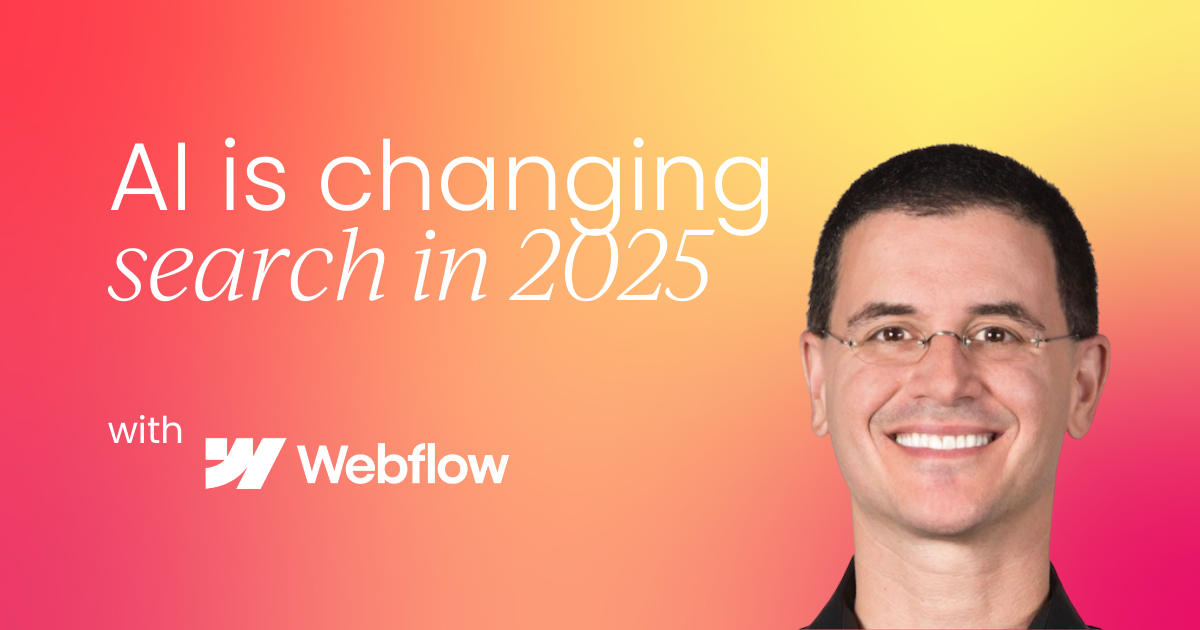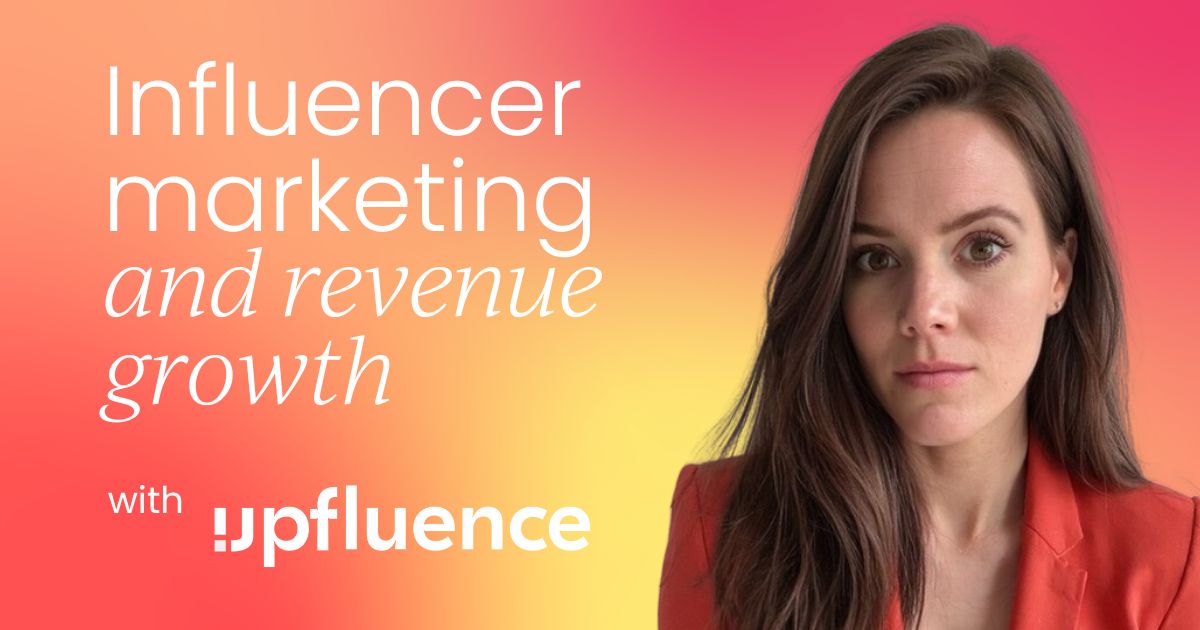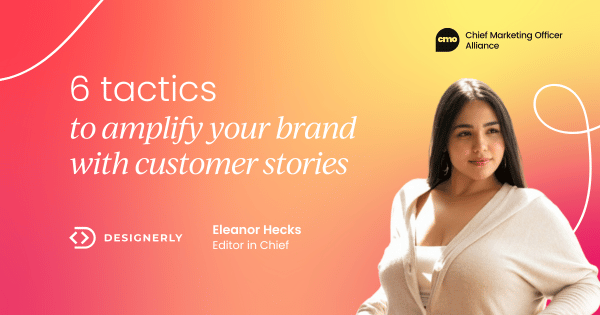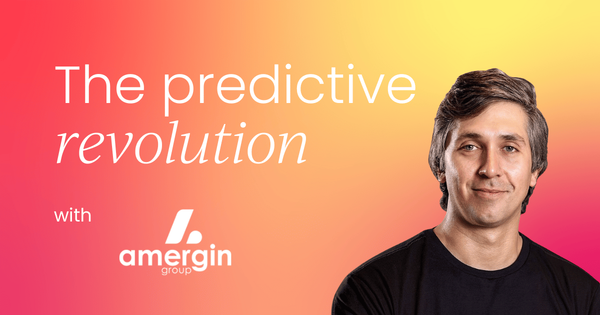For decades, marketing has been a game of educated guesses. Launch a campaign, measure results, adjust course, and if everything goes right, repeat.
With the introduction of AI, this paradigm is collapsing. In 2024, over 69% of global marketers began using predictive intelligence in their operations, and 78% of companies had deployed it in at least one function. The market for predictive marketing technology is projected to reach $107 billion by 2028, supported by record venture capital investment exceeding $130 billion worldwide.
This isn’t just adoption but pure transformation. Marketing is evolving from a discipline of reaction into one of anticipation. Instead of asking “What happened?” leaders can now ask “What’s about to happen, and what should we do about it?”
The impact is real: lead-to-sale conversions up, sales cycles cut in half, churn down 54%, and customer lifetime value up 34%. At PayPal, automating predictive model training reduced computation time from 72 hours to five minutes, transforming analytics into a living, self-correcting prediction engine.
Predictive marketing operates as a loop:
Forecast → Generate → Measure → Learn → Repeat
Predictive systems determine who to target, when to reach them, and why they’ll respond. Then, automated tools transform those insights into personalized messages or offers at scale. Every interaction feeds data back into the model, refining accuracy continuously.
Enterprise ecosystems like Salesforce Agentforce and Adobe Sensei now embed this cycle directly into workflows. Salesforce combines unified data with autonomous agents that execute segmentation, nurturing, and retention. Adobe integrates anomaly detection, propensity modelling, and attribution analytics to reveal not just what changed in performance, but why.
The result: intelligence that acts, not just observes.
The Economics of prediction: From efficiency to advantage
Predictive marketing isn’t a cost play. It’s a growth engine.
Companies report higher lead conversion, shorter sales cycles, reduced churn, and plummeting customer acquisition costs (CAC). Personalization at scale now drives measurable revenue: recommendations influence roughly 35% of Amazon’s purchases, proving that relevance compounds over time.
What was once considered operational efficiency is now a source of competitive differentiation. Brands that “see around corners” capture opportunities their competitors can’t see.
Predictive marketing also expands the funnel into a customer lifecycle loop (discovery, consideration, purchase, retention, and advocacy) connected by data and feedback:
- During discovery, predictive models bring emerging topics and high-intent audiences before others notice.
- At consideration, propensity scoring focuses energy where conversion probability is highest.
- Post-purchase, churn detection, and next-best-offer systems preserve loyalty and grow account value.
- In advocacy, AI identifies brand promoters and activates referral programs at the right moment.
Every touchpoint becomes both an outcome and an input. Each interaction improves the model, and each prediction enhances the next. In fast-moving industries like SaaS, fintech, and e-commerce, this compounding feedback loop becomes a structure.
The culture behind the code: Closing the maturity gap
Despite widespread pilots, most organizations haven’t embedded AI deeply into how work gets done. McKinsey reports that while over 75% now use AI in at least one function, only 1% say their gen-AI rollouts are mature, and less than a third follow most of the practices required to scale and embed AI into processes.
Even among advanced adopters, many face fragmented data, weak collaboration between marketing and data science, or limited literacy to interpret algorithms critically.
True mastery depends less on technology and more on transformation. Three factors distinguish the leaders:
- Unified data: Consolidating siloed systems into a single source of truth where analytics can thrive.
- Collaborative culture: Aligning creative, commercial, and technical teams to translate predictions into action.
- Continuous learning: Building marketers who can question, not just consume, algorithmic output.
Ethics and transparency are equally critical. The European Union’s Artificial Intelligence Act (the world’s first AI regulation) requires risk classification, data fairness, and explicit disclosure when users interact with automated agents. Responsible predictive marketing now means more than compliance; it’s a trust strategy.
Bias in data, opaque decisions, or bad use of personalization can erode credibility faster than any failed campaign. In a data-driven economy, trust has become measurable brand equity. Companies that demonstrate fairness, explainability, and accountability won’t just win customers, they’ll earn enduring credibility.
The human advantage: Orchestrating intelligent systems
Predictive systems don’t replace marketers. Predictive systems will elevate them.As automation takes over the how, human expertise should focus on the why: strategy, empathy, creativity, and ethics.
The future CMO is less a campaign manager and more a conductor, guiding intelligent systems to perform in harmony with brand purpose, interpreting context that machines can’t yet sense, and ensuring that technology serves both performance and people.
The next frontier is agentic marketing with autonomous systems capable of managing workflows end-to-end while humans define direction and guardrails.
Marketers will supervise “digital coworkers” optimizing budgets, personalizing content, preventing churn, and adapting in real time. Success will hinge on balancing machine precision with human judgment, using predictive intelligence not to remove people from the process but to amplify what only humans can do.
Predictive marketing is redefining the discipline’s central question, from “What happened?” to “What happens next?”
By fusing foresight with automation, brands can move from reacting to leading, anticipating needs, preventing churn, and crafting experiences that feel individual yet scalable.
Success will come not from adopting technology but from building culture, governance, and empathy to spread it wisely.






.png)









 Follow us on LinkedIn
Follow us on LinkedIn




